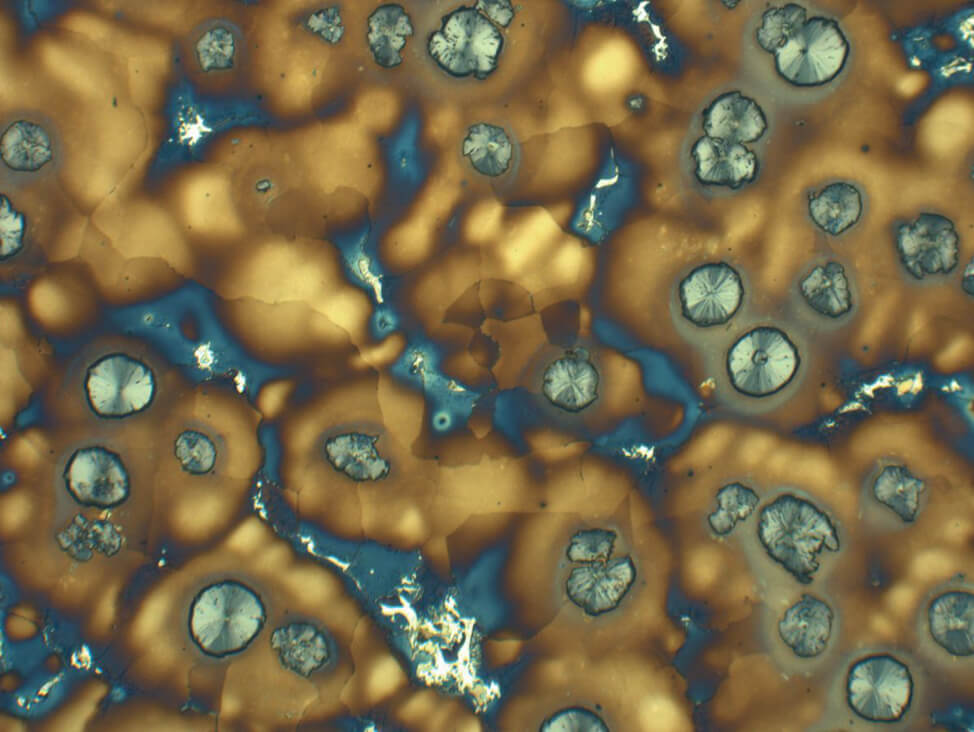
Materials
Every material is different. The materialographic process you choose depends on the material, as well as the application and purpose. Our material application notes cover all you need to select and accurately perform the ideal preparation process for each material you work with, from metals and alloys to spray coatings and microelectronics.
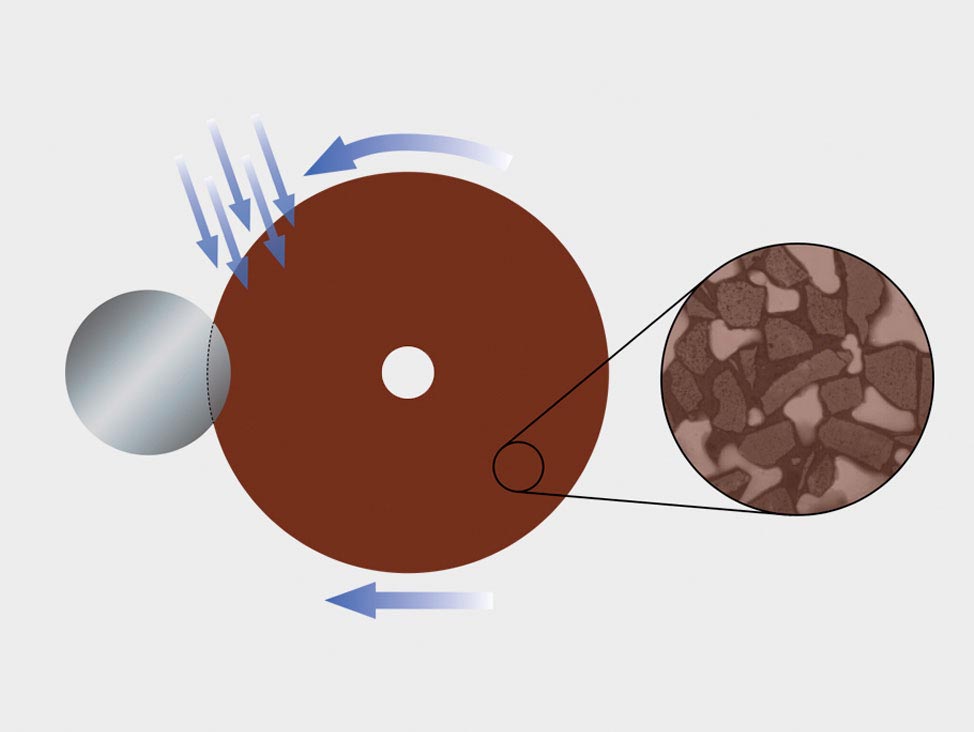
Cutting
Materialographic sectioning is where most microstructure analysis begins. A good understanding of the abrasive cutting process can help to select suitable clamping and cutting methods and thereby ensure the high quality cut. Minimizing cutting artefacts will help the remaining materialographic process and act as a good base for efficient and high quality preparation.
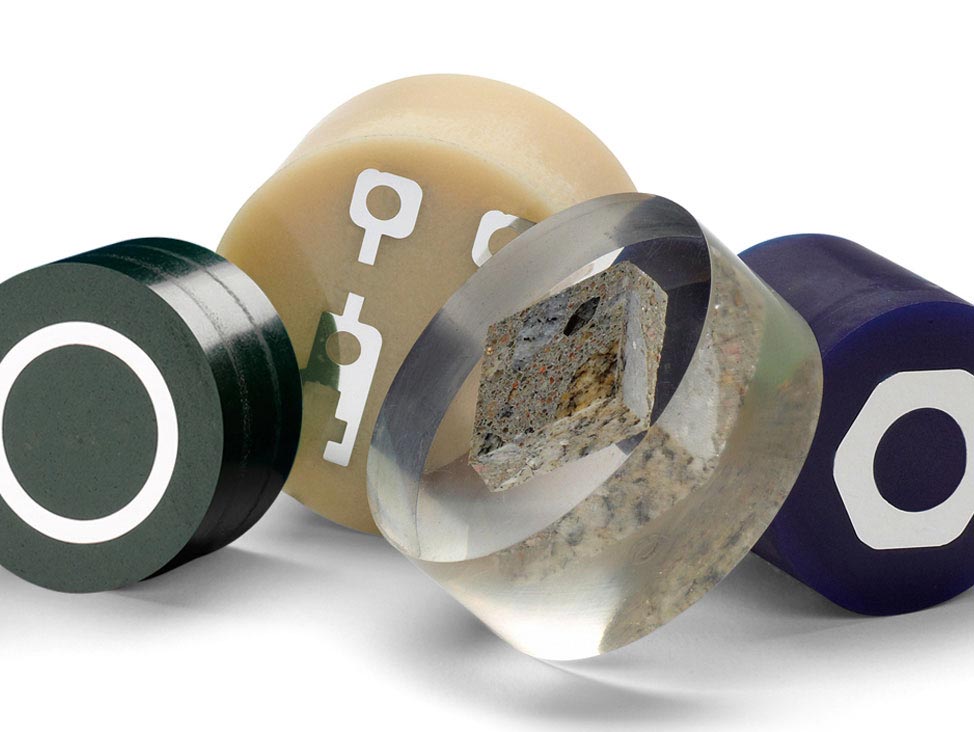
Mounting
Materialographic mounting can be regarded as a helping process assisting the mechanical preparation process as well as the final test. Understanding the different characteristics of mounting resins and being able to evaluate the need for mounting is the key to have specimens that are easy to handle and clean and gives a good image of a coating or an edge.
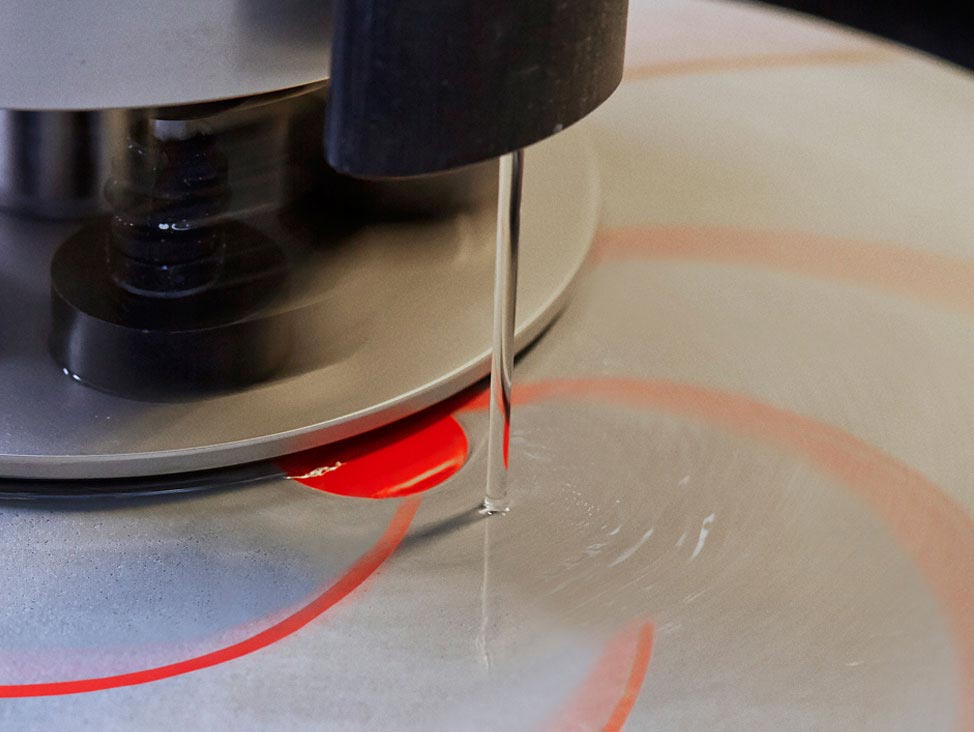
Grinding and Polishing
Grinding and polishing can be seen as the key process in materialographic sample preparation. A large variety in responses to mechanical impact, process parameters, abrasives, and surfaces represents the total complexity of the step by step production of a reflective and deformation free surface.
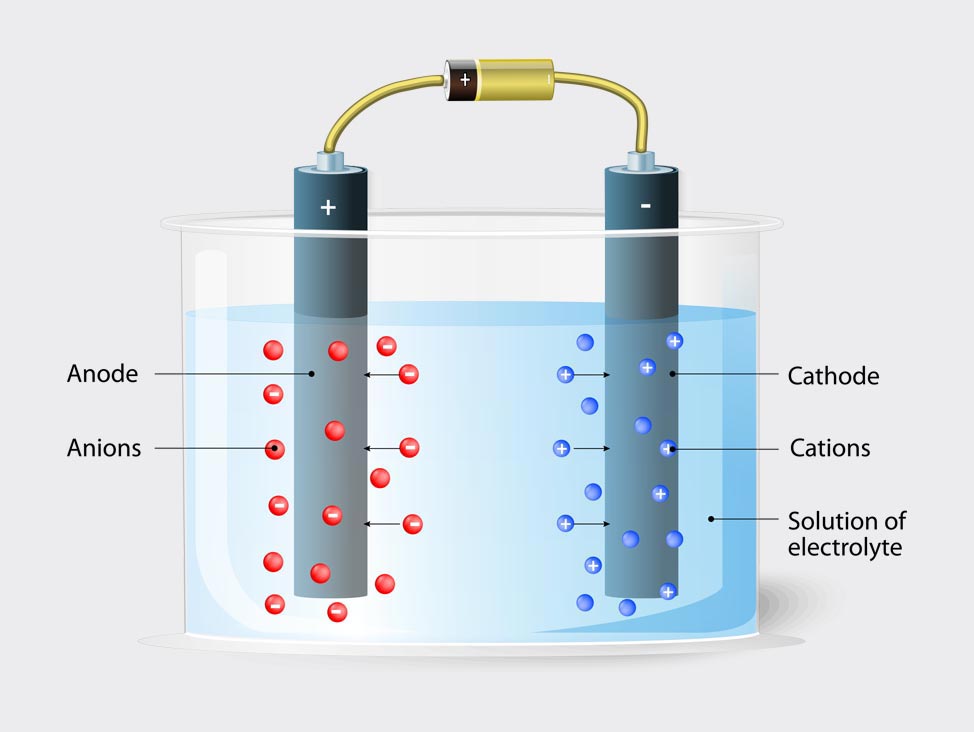
Electrolytic Preparation
For homogeneous metals, electrochemical processes can remove material from a specimen and thereby substitute or supplement mechanical preparation. Empirically based reference methods are published in literature, and used as starting point for selecting suitable electrolytes and electrochemical parameters.
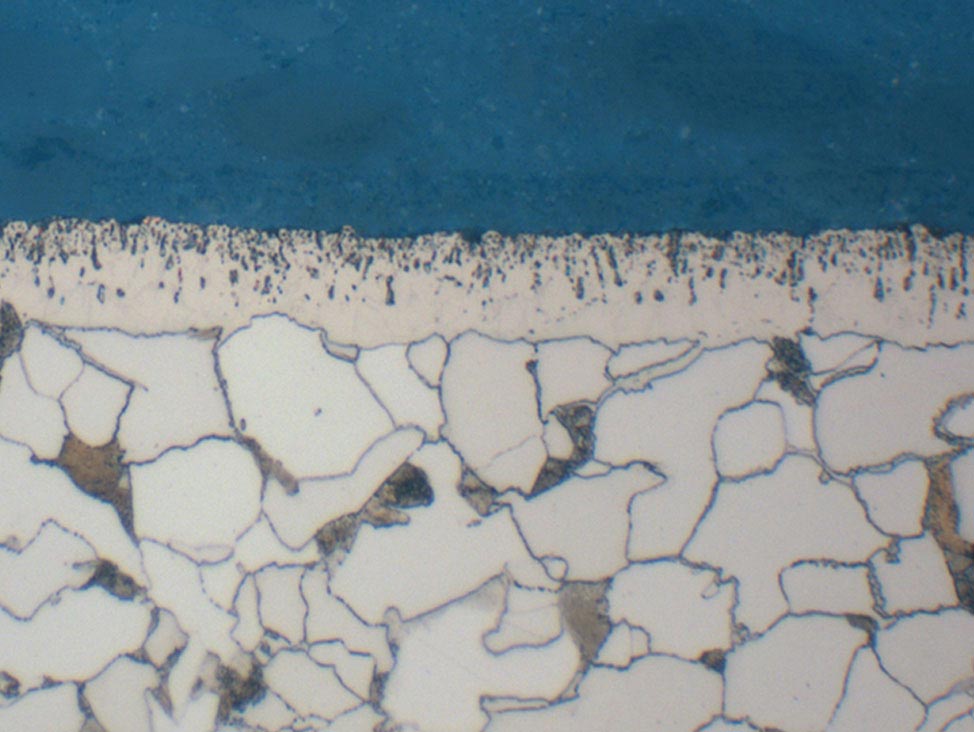
Etching
A reflective surface does, in many cases, not reveal the information of interest at microscopic examination. Etching is a method for creating contrast and can be done with different techniques. Substantial empirical documentation exists on this topic, as published recipes for etchants as well as electrochemical methods.
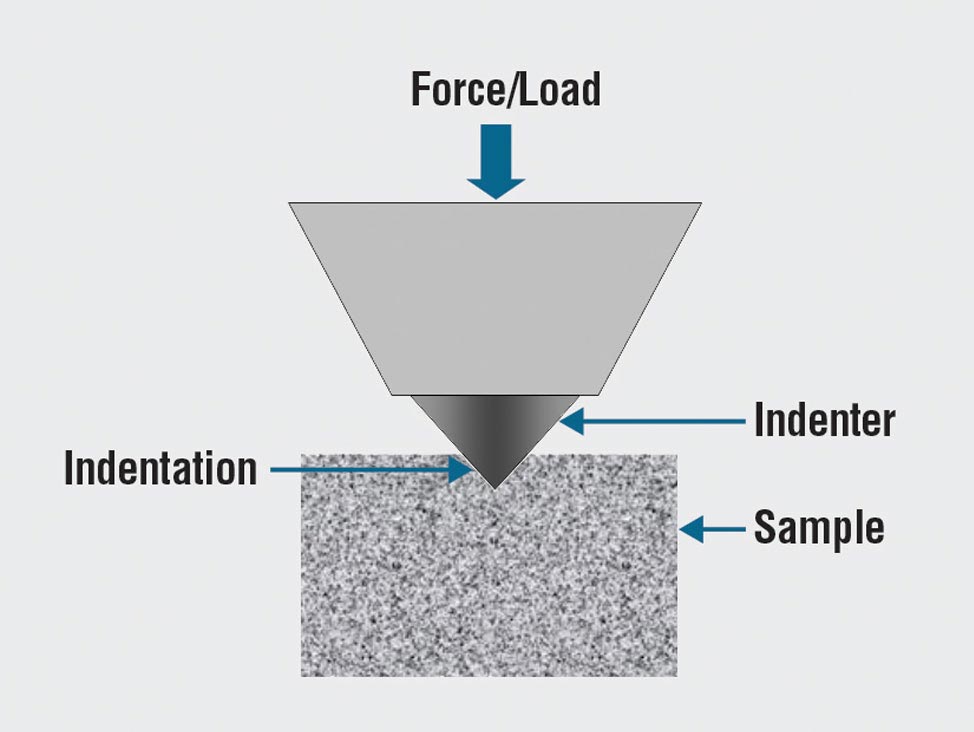
Hardness Testing
The need for fast, robust, and well-proven test methods for materials verification is inevitable. Vickers, Knoop, Rockwell, and Brinell methods, with a countless number of loads and indenter geometries, gives an almost countless number of procedures, suitable for simple characterization of a large fraction of existing materials.
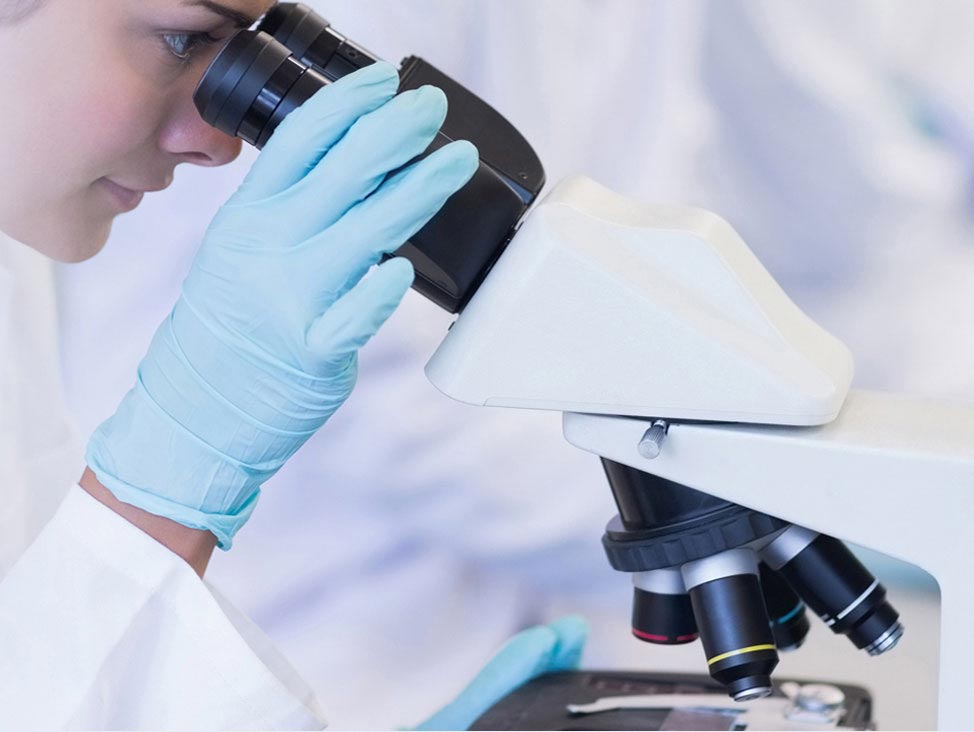
Microscopy
The last step in many materialographic processes is examination in microscope. The knowledge about materials structure, sample preparation, and microscopic techniques are combined in front of the microscope, which in many ways makes this field a specialist skill.
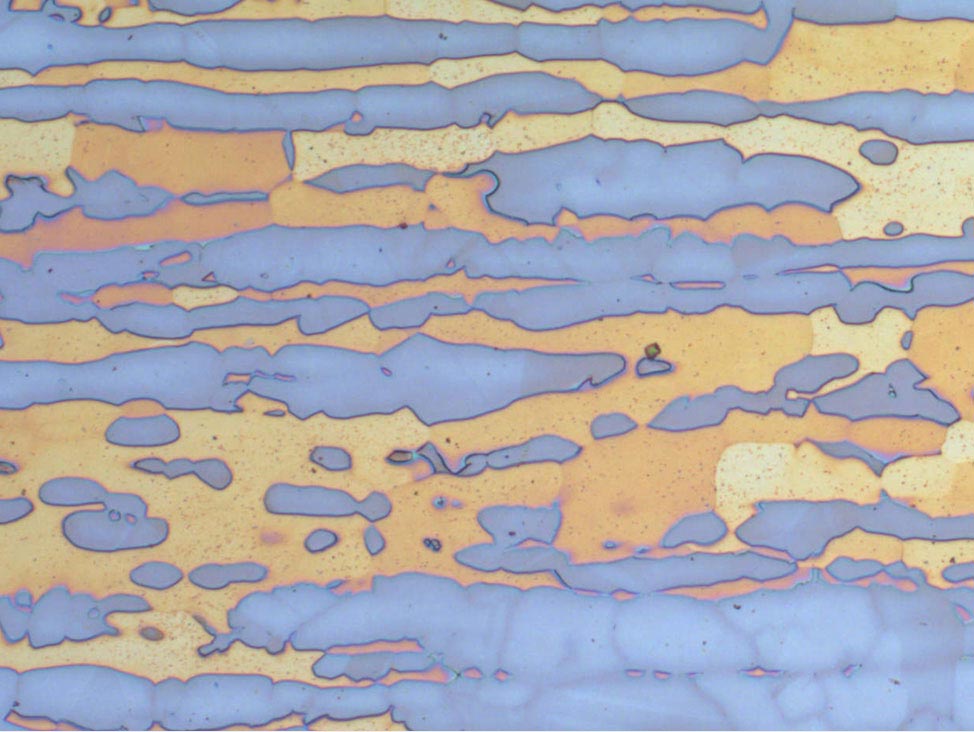
Image Analysis
A microstructure can be described by a number expressing, for example, a classification or a threshold value of a well-defined material. Image analysis is used to automate this quantitative analysis by the use of software tools.
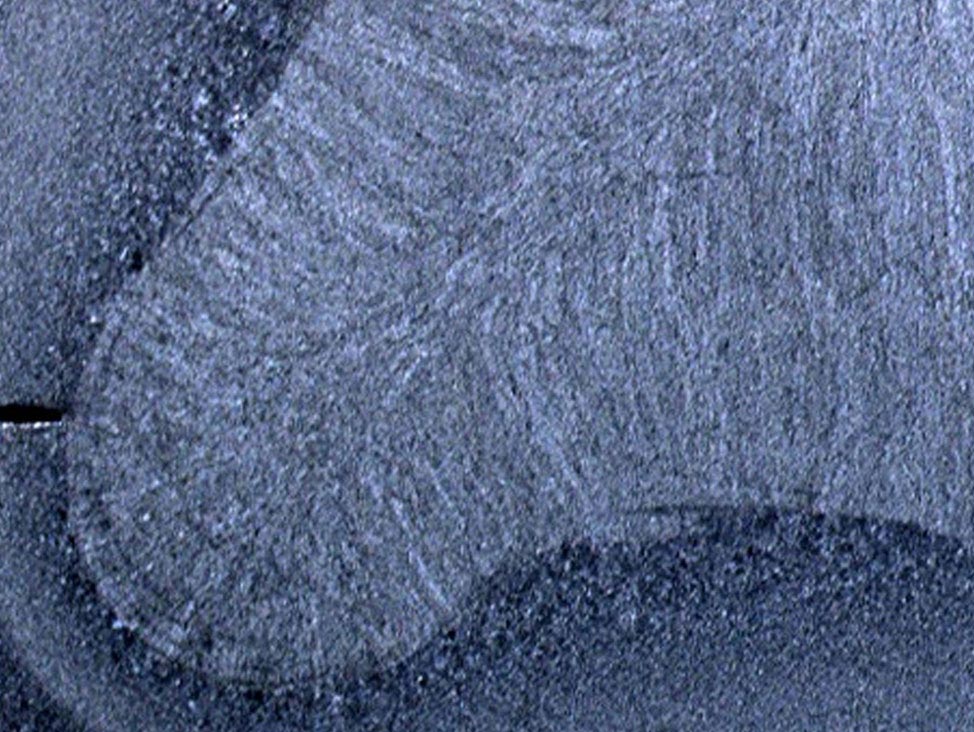
Weld Inspection
Welds are very often examined by many different techniques to evaluate geometric features, hardness value, as well as microstructure analysis. To reveal all relevant information on a welded sample, many conventional materialographic processes can be used, leaving only the geometric verification to a dedication solution.

Special Applications
Designing dedicated products and processes for single applications is especially useful when requirements are unique, or a widespread use justifies a special solution. Miniature electronic components, constructions that have to remain intact after inspection, mineralogical samples, and samples for transmission electron microscopy are examples of Struers special applications.
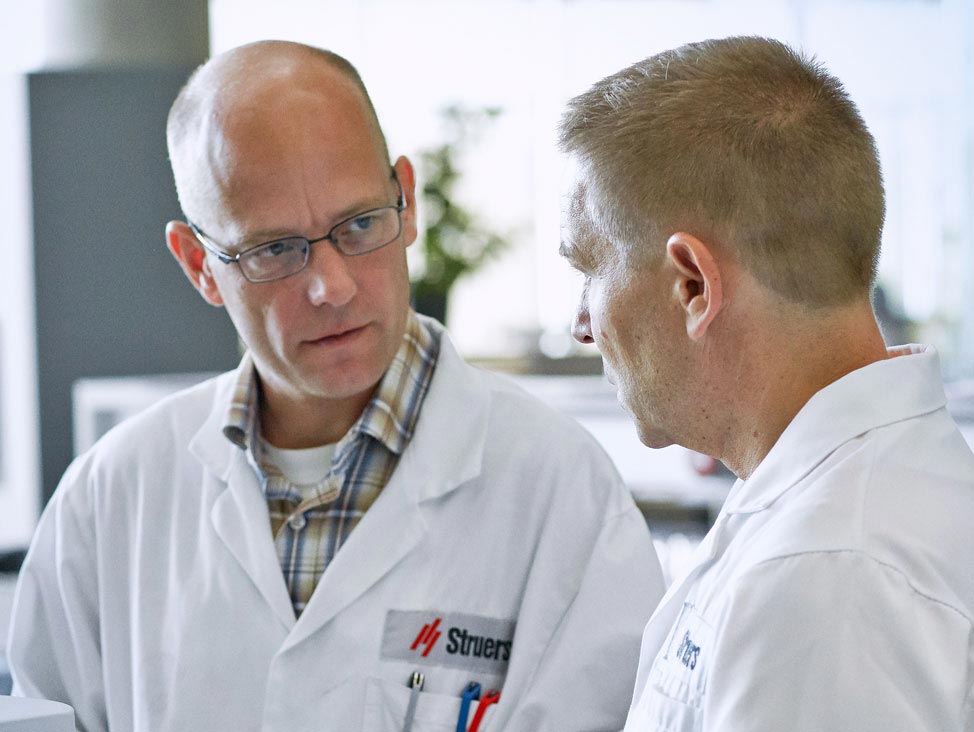
Application Specialists
A group of 27 Struers specialists are dedicated to helping businesses by developing, using, and verifying materialographic skills and theories. With backgrounds from quality labs, production, R&D, and education, the specialists represent a variety of experience and skills reflecting the customers we support.
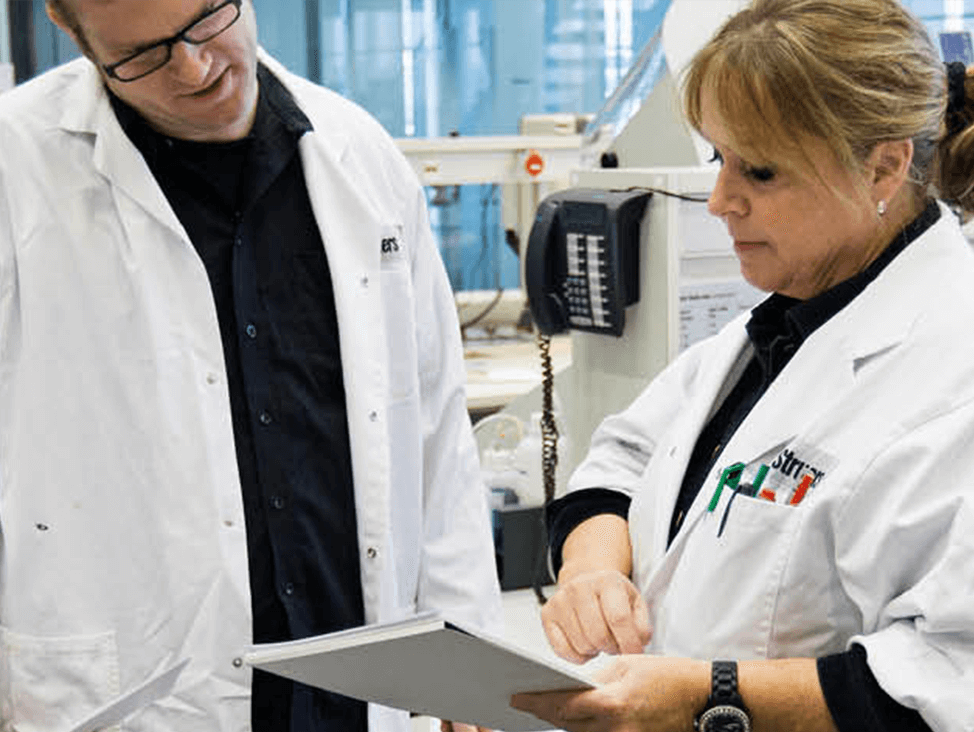
Materialographic articles
Explore the latest materialographic research, findings and methodology in our in-depth materialographic articles, prepared by Struers’ application specialists using insight and information from around the materialographic world.
We are always happy to help with any enquiry, big or small. If you have a question, drop us a line and we will get back to you as soon as possible.
For any quotes or questions regarding our consumables, visit our Webshop https://webshop.struers.com/ to easily check your prices.
